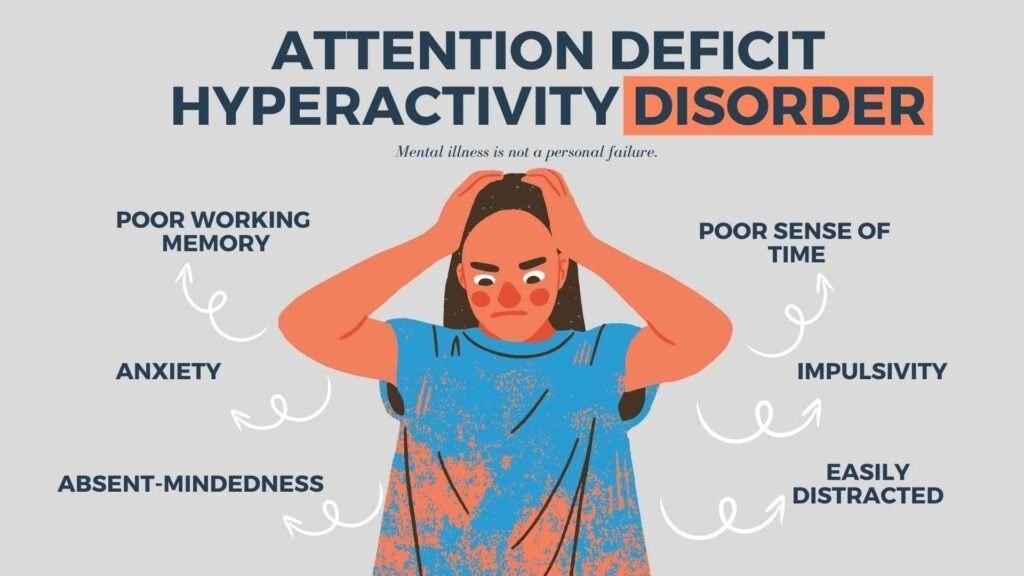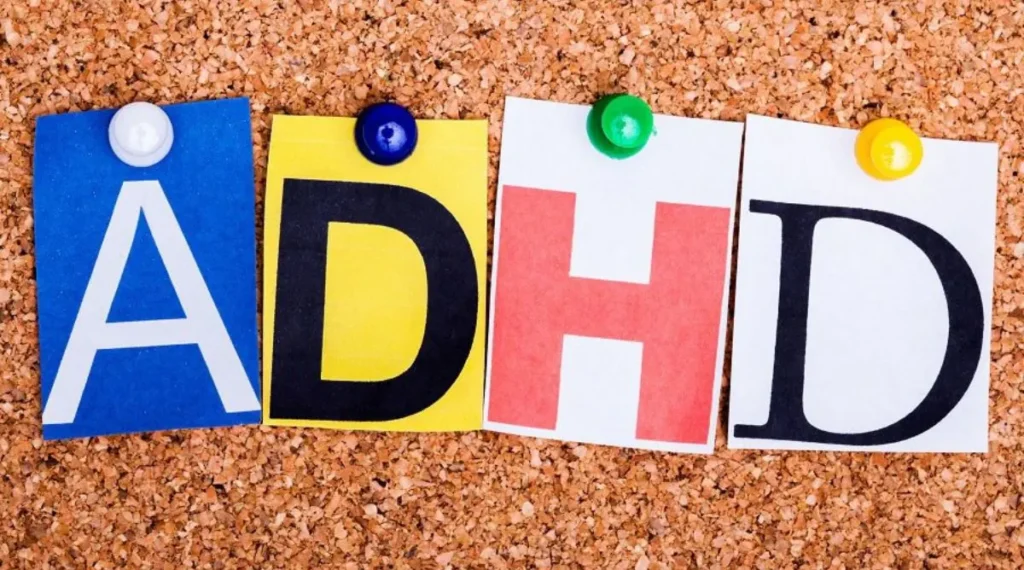Can ABA Be Used for ADHD or General Classroom Behavior?
Applied Behavior Analysis (ABA) is widely recognized as an effective therapy for individuals with autism. However, its versatility also makes it suitable for other conditions such as Attention Deficit Hyperactivity Disorder (ADHD) and general classroom behavior challenges.
When carefully applied, ABA for ADHD offers structured strategies to enhance attention, executive functioning, impulse control, and social behavior—skills that are often challenging for children with ADHD. Moreover, ABA in classroom behavior management supports teachers in fostering a more productive and inclusive learning environment.
At AB Spectrum, we go a step further by incorporating the Reggio ABA approach, combining the child-led creativity of the Reggio Emilia philosophy with the structured, data-driven techniques of ABA. This unique blend fosters behavioral growth while honoring each child’s individuality.
Understanding ABA for ADHD
While ABA is traditionally associated with autism, its principles are highly effective in addressing the core symptoms of ADHD, including inattention, hyperactivity, impulsivity, and difficulty with organization.
At AB Spectrum, we use Applied Behavior Analysis for ADHD to provide structure, consistency, and reinforcement that helps children improve focus, self-regulation, and academic outcomes. Through Reggio ABA, we emphasize creativity and collaboration while maintaining evidence-based practices.
Also Read: 6 Ways to Help Your Child Deal with Climate Anxiety
How ABA Therapy for ADHD Works

ABA Therapy begins with identifying problematic behaviors, understanding what triggers them, and systematically teaching appropriate alternatives. This process includes:
1. Functional Behavior Assessment in Schools
A Functional Behavior Assessment (FBA) helps determine why a student engages in disruptive behaviors like frequent outbursts or difficulty staying seated. By analyzing environmental triggers and outcomes, therapists design tailored intervention plans based on each child’s needs.
2. Behavior Shaping for ADHD
Using behavior shaping, therapists break down target behaviors (such as completing homework) into smaller, achievable steps, reinforcing each milestone until mastery is reached.
For example:
- Open the workbook
- Write the name on the worksheet
- Complete the first question
3. Positive Behavior Support in Schools
Positive Behavior Support (PBS) involves proactively teaching and reinforcing desired behaviors. This approach reduces disruptive behaviors by rewarding attentiveness, compliance, and positive peer interactions. Teachers can integrate PBS into daily routines for a calm, productive classroom.
4. Executive Functioning Support
Many children with ADHD struggle with executive functioning skills like planning, time management, and working memory. ABA supports this by:
- Teaching organizational strategies
- Breaking tasks into manageable parts
- Reinforcing self-monitoring and problem-solving
These skills are further enhanced through Reggio ABA’s child-centered learning, which builds intrinsic motivation alongside external reinforcement.
Read More: 5 Ways to Support Child Mental Health in this Pandemic
ABA in Classroom Behavior Management

ABA for classroom management is increasingly popular among educators. It helps create structured environments where students thrive.
Techniques include:
- Visual Schedules: Guide students through transitions and routines
- Token Economy Systems: Reward positive behaviors with tokens that can be traded for privileges
- Nonverbal Cues: Discreet signals help redirect behavior without disrupting teaching
These strategies support smoother classroom dynamics and promote independence.
Benefits of Using ABA for ADHD and Classroom Behavior
- Customized Interventions: Each ABA plan is personalized, addressing individual student needs
- Data-Driven Decisions: Progress is tracked through observable behaviors and outcomes
- Skill Generalization: Behaviors learned in therapy are practiced at school, home, and in the community
- Improved Academic Performance: Focus and task completion improve with reduced disruptions
- Long-Term Change: ABA emphasizes sustainable progress rather than temporary fixes
Is ABA Therapy Suitable for All Students with ADHD?
ABA is not one-size-fits-all, but many children with ADHD benefit from its structured and reinforcement-based approach. ABA is especially helpful for students who:
- Struggle with transitions
- Exhibit disruptive or impulsive behaviors
- Have difficulty following multi-step instructions
- Need support with planning and organization
Families, educators, and therapists often collaborate to implement ABA across environments, ensuring consistency and success.
Also Read: What to Look for in an Autism Treatment Provider?

The Role of AB Spectrum in Providing ABA for ADHD
At AB Spectrum, our experts design ABA Therapy for ADHD that aligns with each child’s strengths, challenges, and developmental goals. Our Reggio ABA framework makes therapy both effective and engaging, encouraging creativity and self-expression while reinforcing core behaviors.
Whether in one-on-one sessions or in school settings, our programs bridge the gap between clinical therapy and everyday learning environments, helping children flourish in all areas of life.
Frequently Asked Questions (FAQs)
1. Can Aba Therapy Help Children With Adhd?
Yes, ABA has been adapted to support children with ADHD by teaching self-regulation, attention control, and impulse management.
2. What Is The Role Of Functional Behavior Assessment In Adhd Treatment?
FBAs identify why specific behaviors occur, allowing therapists to develop effective and personalized strategies.
3. How Does Aba Support Executive Functioning In Children With Adhd?
ABA programs teach planning, organization, task management, and reinforce self-monitoring using real-life tools and structured techniques.
4. Is Aba Useful For Managing General Classroom Behavior?
Absolutely. Teachers use ABA strategies such as visual schedules, reinforcement systems, and positive behavior support to improve classroom behavior.
5. What Are Positive Behavior Support Systems In Schools?
PBS involves teaching and rewarding positive behaviors to prevent negative ones from occurring, fostering a respectful and engaged classroom.
6. Are Aba Strategies Suitable For Students Without Autism?
Yes. ABA principles apply to a wide range of learners, including those with ADHD and other behavioral challenges.
7. Can Aba Therapy Replace Medication For Adhd?
ABA is often used alongside medical treatment. Families should consult healthcare providers to develop a comprehensive care plan.

